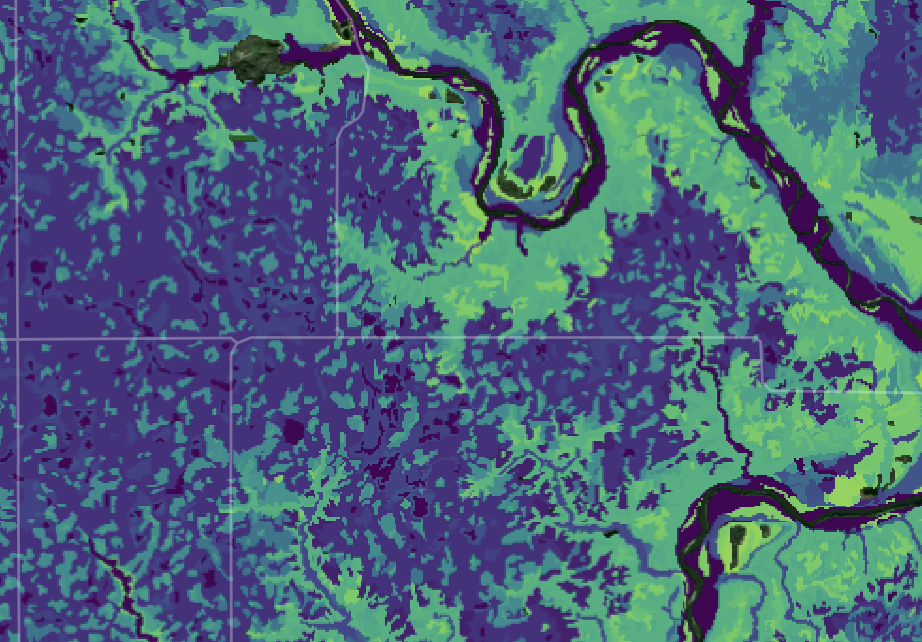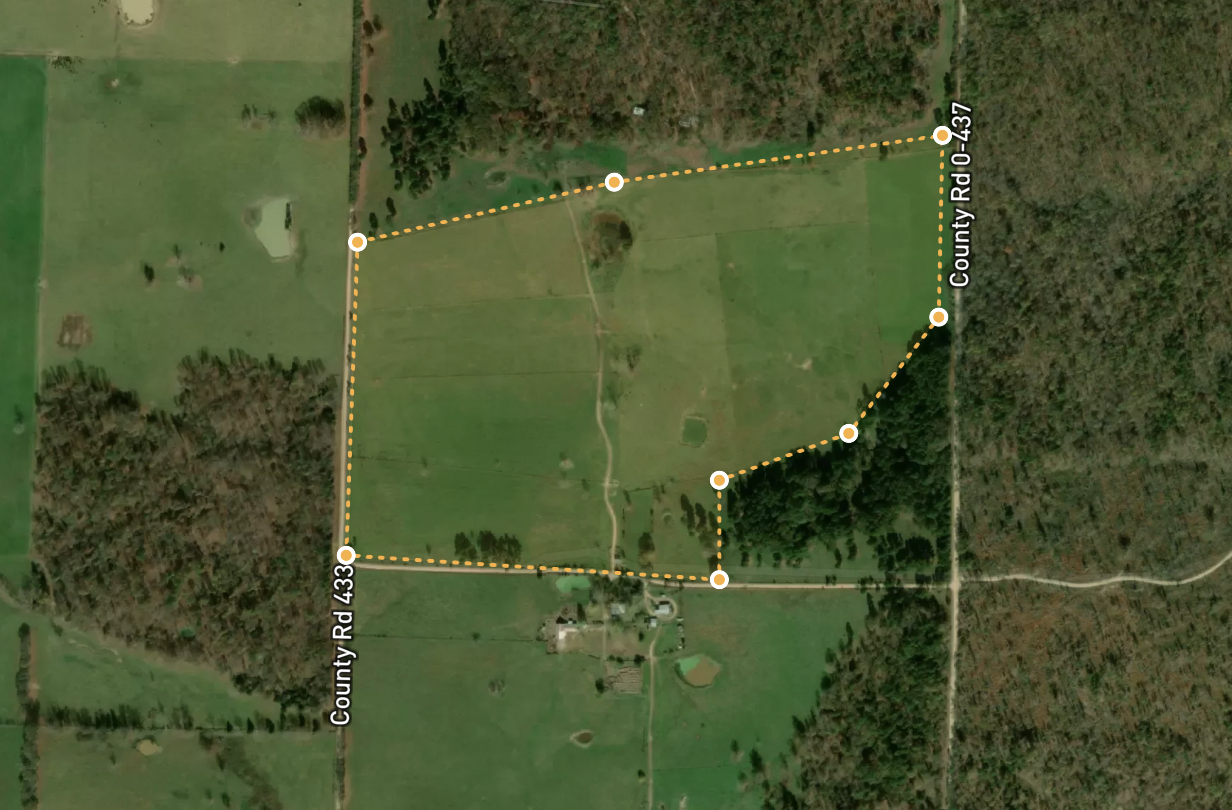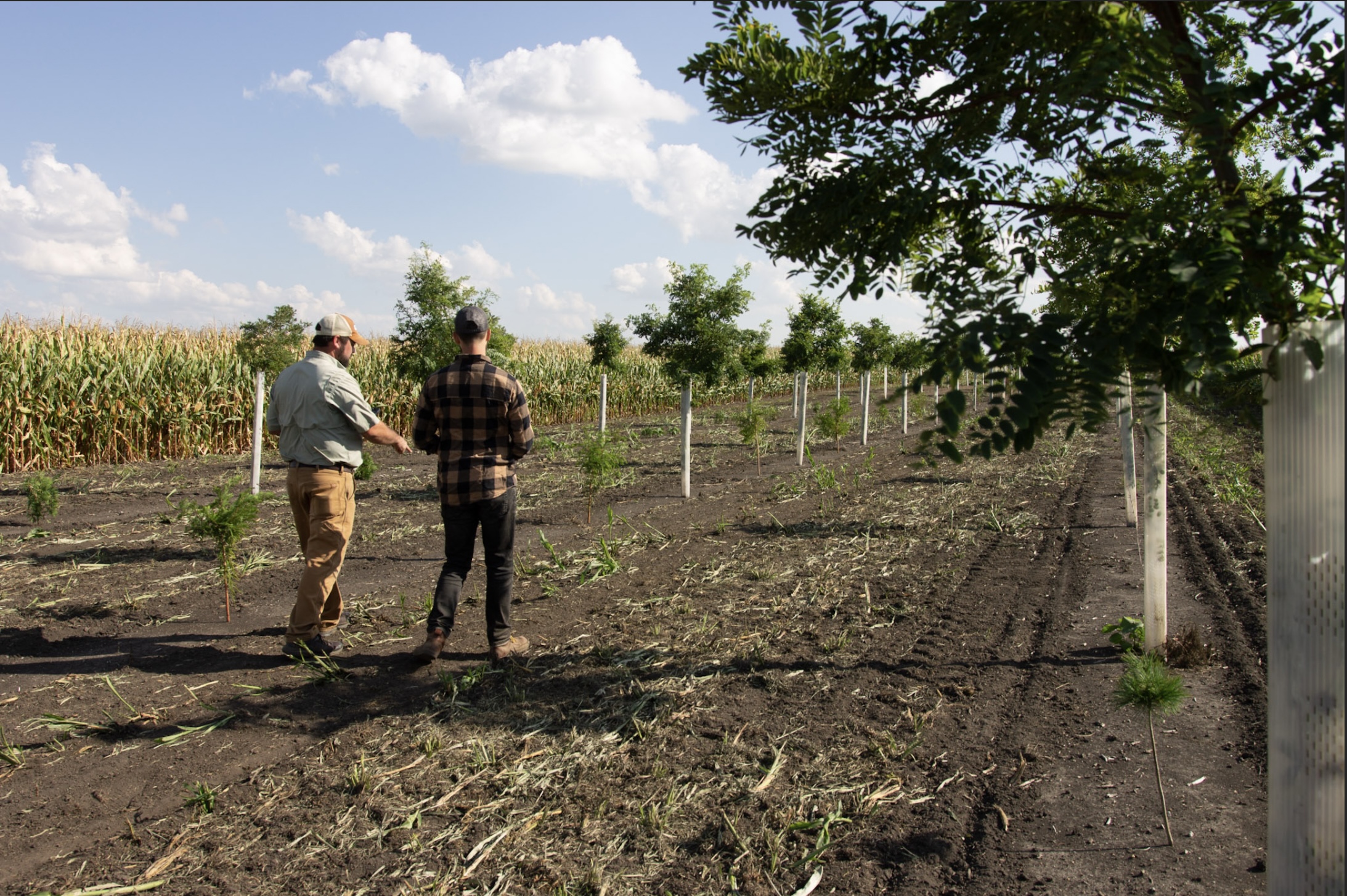Data-driven decisions for
regenerative agriculture.
Your farm's second story begins here.
Regenerative agriculture can transform your farm. Many crops and practices are available, but it is difficult to know which will work on your farm.
Canopy Compass helps remove the guesswork, improve outcomes, and avoid pitfalls.




